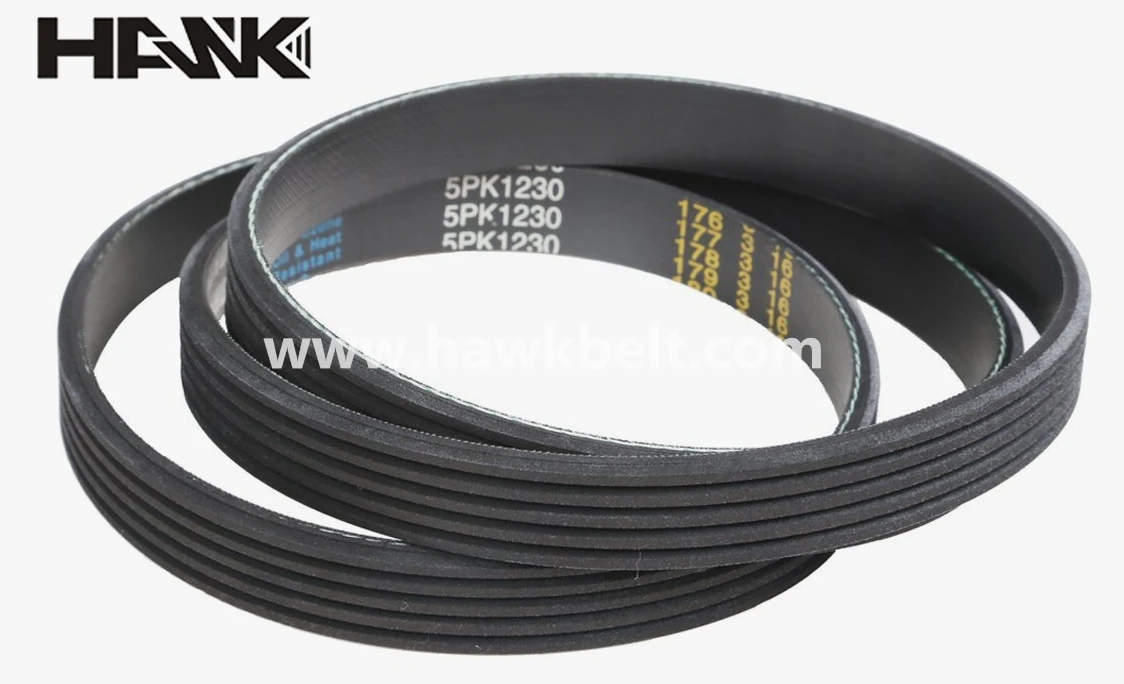- Arabic
- French
- Russian
- Spanish
- Portuguese
- Turkish
- Armenian
- English
- Albanian
- Amharic
- Azerbaijani
- Basque
- Belarusian
- Bengali
- Bosnian
- Bulgarian
- Catalan
- Cebuano
- Corsican
- Croatian
- Czech
- Danish
- Dutch
- Afrikaans
- Esperanto
- Estonian
- Finnish
- Frisian
- Galician
- Georgian
- German
- Greek
- Gujarati
- Haitian Creole
- hausa
- hawaiian
- Hebrew
- Hindi
- Miao
- Hungarian
- Icelandic
- igbo
- Indonesian
- irish
- Italian
- Japanese
- Javanese
- Kannada
- kazakh
- Khmer
- Rwandese
- Korean
- Kurdish
- Kyrgyz
- Lao
- Latin
- Latvian
- Lithuanian
- Luxembourgish
- Macedonian
- Malgashi
- Malay
- Malayalam
- Maltese
- Maori
- Marathi
- Mongolian
- Myanmar
- Nepali
- Norwegian
- Norwegian
- Occitan
- Pashto
- Persian
- Polish
- Punjabi
- Romanian
- Samoan
- Scottish Gaelic
- Serbian
- Sesotho
- Shona
- Sindhi
- Sinhala
- Slovak
- Slovenian
- Somali
- Sundanese
- Swahili
- Swedish
- Tagalog
- Tajik
- Tamil
- Tatar
- Telugu
- Thai
- Turkmen
- Ukrainian
- Urdu
- Uighur
- Uzbek
- Vietnamese
- Welsh
- Bantu
- Yiddish
- Yoruba
- Zulu
Ноя . 28, 2024 05:52 Back to list
Understanding the Function and Importance of Timing Belt Pulleys in Engine Performance
The Essential Role of Timing Belt Pulleys in Engine Performance
Timing belt pulleys play a critical role in the functioning of an internal combustion engine. Often overlooked in everyday conversations about automotive technology, these components are essential to the synchronization of various engine parts. Understanding how timing belt pulleys work and their significance not only enhances our appreciation for automotive engineering but also highlights the importance of regular maintenance to ensure optimal performance.
What are Timing Belt Pulleys?
At its core, a timing belt pulley is a wheel that is attached to the crankshaft and camshaft of an engine. They work in conjunction with the timing belt, which is a reinforced rubber band designed to transfer rotational motion. The timing belt connects the crankshaft, which drives the vehicle’s pistons, to the camshaft, which controls the opening and closing of the engine’s valves. By doing so, the timing belt ensures that these two critical components operate in perfect harmony.
The timing belt pulleys have teeth that fit into corresponding grooves on the timing belt. This design ensures a tight grip, allowing for efficient transfer of power without slippage. In most modern engines, there are usually two primary pulleys the crankshaft pulley and the camshaft pulley. The crankshaft pulley, located at the bottom of the engine, is responsible for regulating the belt's tension while the camshaft pulley, positioned at the top, synchronizes the valve movements with the piston cycles.
Importance of Synchronization
The synchronization of the crankshaft and camshaft is vital for the efficient operation of an engine. If these components are not aligned correctly, the engine could suffer from timing issues, leading to poor performance or even engine failure. This desynchronization can cause the pistons to hit the open valves, resulting in catastrophic damage. Hence, the timing belt pulleys, along with the belt itself, must be in good condition to ensure that these components stay in sync.
Proper synchronization allows for optimal combustion, which translates into better fuel efficiency, increased power output, and reduced emissions. In other words, the performance of the engine is heavily reliant on the proper functioning of timing belt pulleys and belts.
timing belt pulley

Signs of Wear and Tear
Over time, timing belt pulleys can experience wear and tear due to continuous exposure to heat, friction, and mechanical strain. Signs that these components may need inspection or replacement include unusual noises coming from the engine, especially a high-pitched whine or grinding sounds. Additionally, if the engine misfires or experiences a loss of power, these could be indicators of timing belt pulley issues.
Routine inspections during regular maintenance checks can help identify potential problems early on. Mechanics often recommend replacing the timing belt and pulleys at specific intervals, typically between 60,000 to 100,000 miles, depending on the vehicle manufacturer’s recommendations.
Maintenance and Replacement
Replacing timing belt pulleys is not just about replacing worn-out parts; it is also about ensuring the longevity of the engine. If a timing belt is replaced without changing the pulleys, it could lead to premature wear on the new belt. It's generally a good rule of thumb to change both the timing belt and pulleys at the same time.
When replacing these components, it is essential to follow the manufacturer's specifications carefully. Proper installation is critical, as incorrect alignment can lead to serious engine issues. Therefore, it is advisable to have a qualified mechanic handle this task, especially given the complexity and precision required.
Conclusion
In conclusion, timing belt pulleys are fundamental to the proper functioning of an internal combustion engine. Their role in maintaining synchronization between the crankshaft and camshaft is crucial for achieving optimal engine performance. Regular maintenance and timely replacement of timing belt pulleys can prevent severe engine problems and ensure that your vehicle runs smoothly. Understanding this component's significance can empower car owners to take better care of their vehicles, leading to a longer lifespan and improved efficiency. Whether you're a car enthusiast or a casual driver, knowing the importance of timing belt pulleys is a step towards responsible vehicle ownership.
-
Korean Auto Parts Timing Belt 24312-37500 For Hyundai/Kia
NewsMar.07,2025
-
7PK2300 90916-T2024 RIBBED BELT POLY V BELT PK BELT
NewsMar.07,2025
-
Chinese Auto Belt Factory 310-2M-22 For BMW/Mercedes-Benz
NewsMar.07,2025
-
Chinese Auto Belt Factory 310-2M-22 For BMW/Mercedes-Benz
NewsMar.07,2025
-
90916-02660 PK Belt 6PK1680 For Toyota
NewsMar.07,2025
-
drive belt serpentine belt
NewsMar.07,2025

